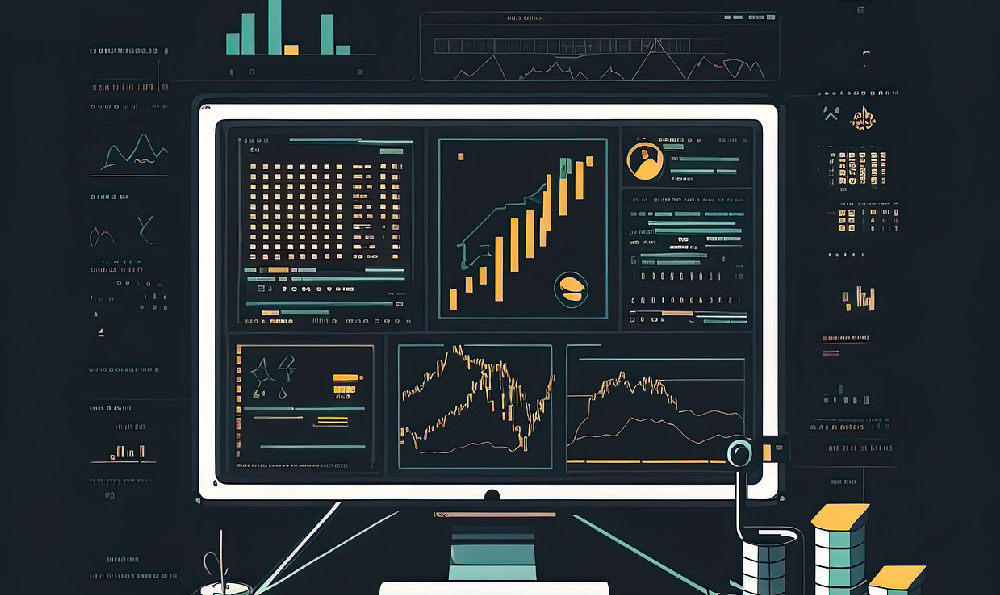How Much Can You Really Earn on YouTube: Is It Worth It?

Alright, let's dive into the realm of YouTube earnings and whether the platform is a worthwhile pursuit for aspiring creators. The allure of making money on YouTube is undeniable. Videos going viral, stories of overnight success, and the freedom to work from anywhere—all contribute to a perception of easy riches. However, the reality is often more nuanced, demanding significant time, effort, and strategic thinking.
The potential earnings on YouTube are influenced by a multitude of factors, beginning with subscriber count. While a large subscriber base certainly increases visibility and potential reach, it's engagement that truly matters. A million subscribers who rarely watch your videos are less valuable than a hundred thousand highly engaged viewers who consistently like, comment, and share your content. The algorithm favors channels with strong engagement, pushing their videos to a wider audience and increasing ad revenue.
Ad revenue itself is a complex calculation. YouTube's AdSense program pays creators based on cost per mille (CPM) or cost per view (CPV). CPM represents the amount advertisers pay for one thousand views of their ad, while CPV is the amount they pay when someone actually interacts with the ad (e.g., watches for a certain duration or clicks on it). These rates fluctuate based on factors such as the video's topic, the viewer's demographics, the time of year (advertising rates tend to be higher during holidays), and the advertiser's budget. Niches like finance, technology, and business often command higher CPMs due to the lucrative nature of the products and services being advertised. For instance, a video about personal finance tips is likely to attract ads from banks and investment firms, willing to pay more for targeted exposure to a financially conscious audience.

Beyond ad revenue, YouTube creators have numerous other avenues to monetize their content. Affiliate marketing involves promoting products or services from other companies in your videos. You earn a commission for every sale or lead generated through your unique affiliate link. This can be a substantial income stream, especially if you have a loyal following that trusts your recommendations. Choosing products that align with your niche and audience is crucial. Recommending gaming peripherals to a gaming audience or skincare products to a beauty-focused audience is far more effective than promoting random products with little relevance.
Sponsorships offer another lucrative opportunity. Companies may pay you to feature their products or services in your videos. The amount you can charge for a sponsorship depends on your audience size, engagement rate, and the brand's budget. Securing sponsorships often requires demonstrating your value to potential partners, highlighting your audience demographics, past performance, and the overall reach of your channel. Crafting a compelling pitch that showcases the benefits of working with you is essential.
Merchandise is a popular way for creators to build their brand and generate revenue. Selling branded t-shirts, mugs, stickers, and other products allows fans to support their favorite creators while promoting the channel. Managing merchandise involves production, inventory, and fulfillment, which can be time-consuming and costly. Platforms like Teespring and Printful offer print-on-demand services, allowing creators to design and sell merchandise without holding inventory.
Crowdfunding platforms like Patreon enable fans to directly support creators through monthly subscriptions. In exchange, subscribers often receive exclusive content, behind-the-scenes access, or other perks. Building a strong relationship with your audience is crucial for successful crowdfunding. Regularly engaging with your patrons, responding to their comments, and providing valuable content are essential for retaining subscribers.
YouTube Premium revenue is another source of income for creators. When YouTube Premium subscribers watch your videos, you earn a portion of their subscription fee. While the amount earned per view is generally lower than ad revenue, it can still contribute significantly to your overall earnings, especially if you have a large audience of Premium subscribers.
Now, regarding whether YouTube is "worth it," the answer depends entirely on your goals, expectations, and willingness to invest time and effort. Building a successful YouTube channel is a marathon, not a sprint. It requires creating high-quality content consistently, promoting your videos on other platforms, engaging with your audience, and adapting to changes in the YouTube algorithm.
The initial investment in equipment, such as a good camera, microphone, and editing software, can be significant. Learning the technical aspects of video production, including filming, editing, and audio mixing, takes time and effort. Creating engaging and informative content requires research, planning, and scripting.
Furthermore, the YouTube landscape is highly competitive. Standing out from the crowd requires a unique value proposition, a strong brand identity, and a consistent posting schedule. Many aspiring creators give up after a few months due to slow growth and limited earnings.
However, for those who are passionate about creating content and willing to persevere, YouTube can be a rewarding and financially viable platform. The key is to approach it strategically, focusing on building a loyal audience, diversifying your income streams, and continuously improving your content. Treat your channel like a business, track your analytics, and learn from your mistakes.
In conclusion, the amount you can earn on YouTube is highly variable and depends on numerous factors. While the potential for significant income exists, it requires hard work, dedication, and a strategic approach. Don't expect to get rich overnight, but if you're passionate about creating content and willing to put in the effort, YouTube can be a worthwhile investment. Consider all the potential revenue streams, engage deeply with your audience, and remain adaptable to the ever-changing YouTube landscape. That's how you maximize your chances of success.














